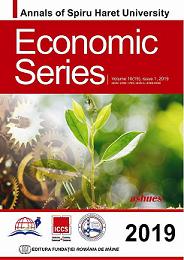Foreword
Abstract
As we all know, trade tensions between China and the United States have eased in August 2019, following the announcement by the United States that it will impose tariffs on Chinese imports. China, as well, introduced additional tariffs on the import from the United States. These developments have triggered strong movements in global stock markets, a drop in global oil prices and higher capital outflows in emerging economies. As trade disputes threaten to become even more perverse, the prospects for global growth have darkened.Moreover, although trade disputes between China and the United States may create opportunities for several countries, the overall effects on the global economy are negative. Not only that current unresolved trade tensions will prolong the weakness of global trade and demand, but it is likely to trigger a wider spread of protectionist measures by other countries, derailing global economic activity. Importantly, prolonged trade conflict could cause long-term damage to global development prospects. The loss of income could have an impact on social spending, while for households, rising prices of goods as a result of tariffs decrease purchasing power and consumer welfare, especially if national and imported goods are not easily replaceable.....Downloads
Published
How to Cite
Issue
Section
License
The Annals of Spiru Haret University. Economic Series operates under a Creative Commons Attribution-NonCommercial-ShareAlike 4.0 International License, granting authors full copyright of their work without restrictions. This licensing framework ensures that the journal’s content can be shared and adapted non-commercially, provided appropriate credit is given and derivative works are distributed under the same terms.
By adhering to these principles, the journal reaffirms its commitment to promoting high-caliber research and supporting the global exchange of economic knowledge.




